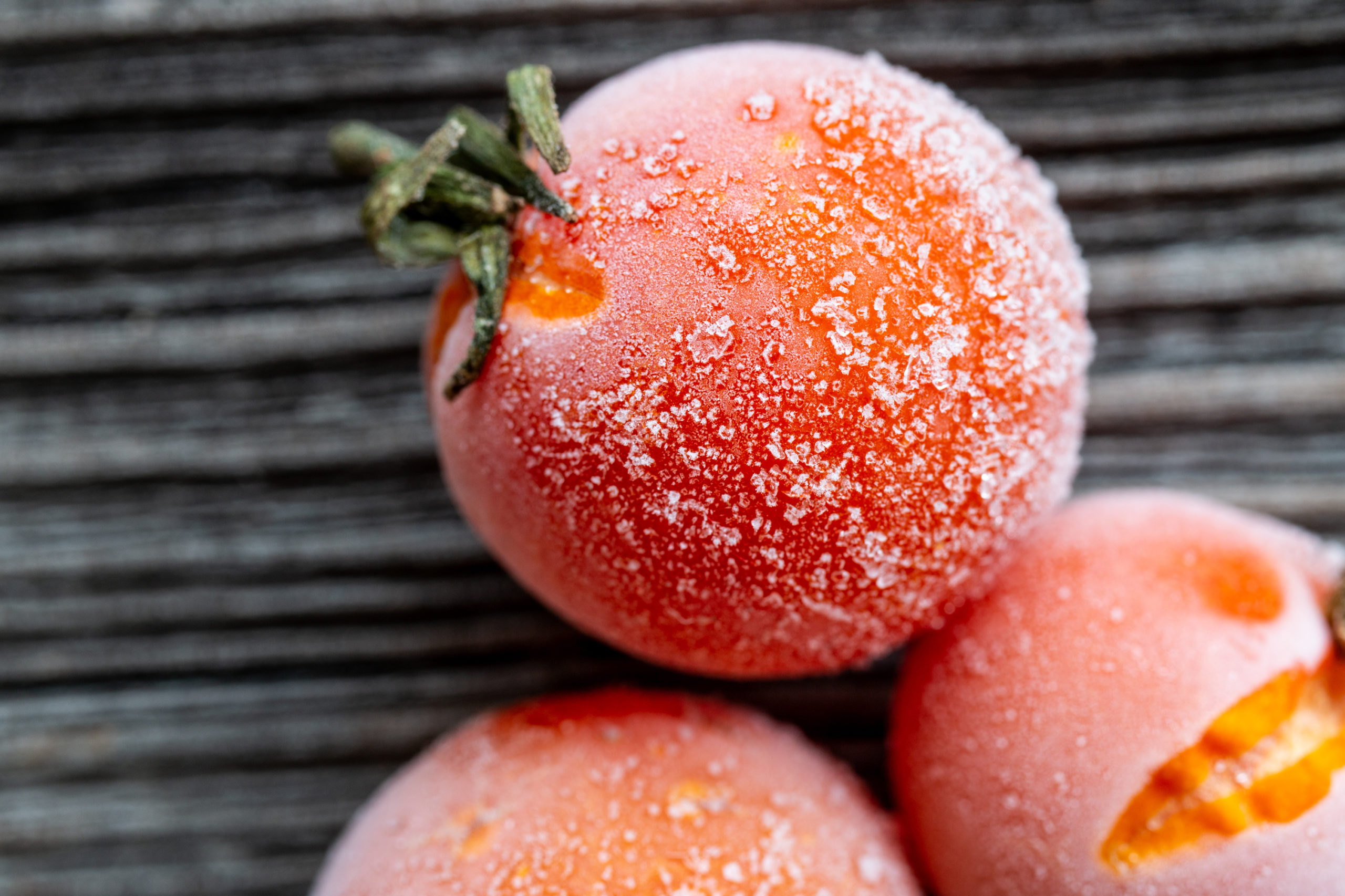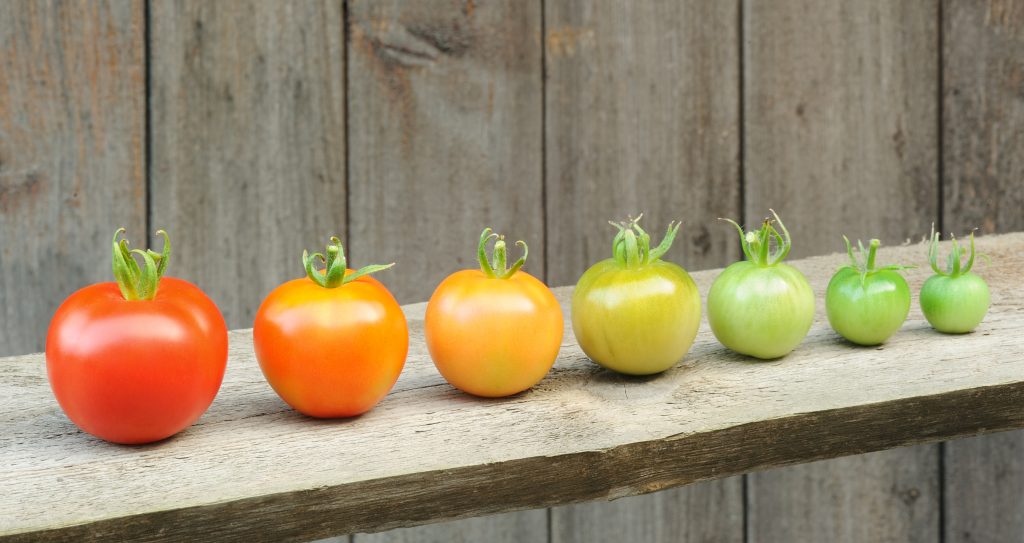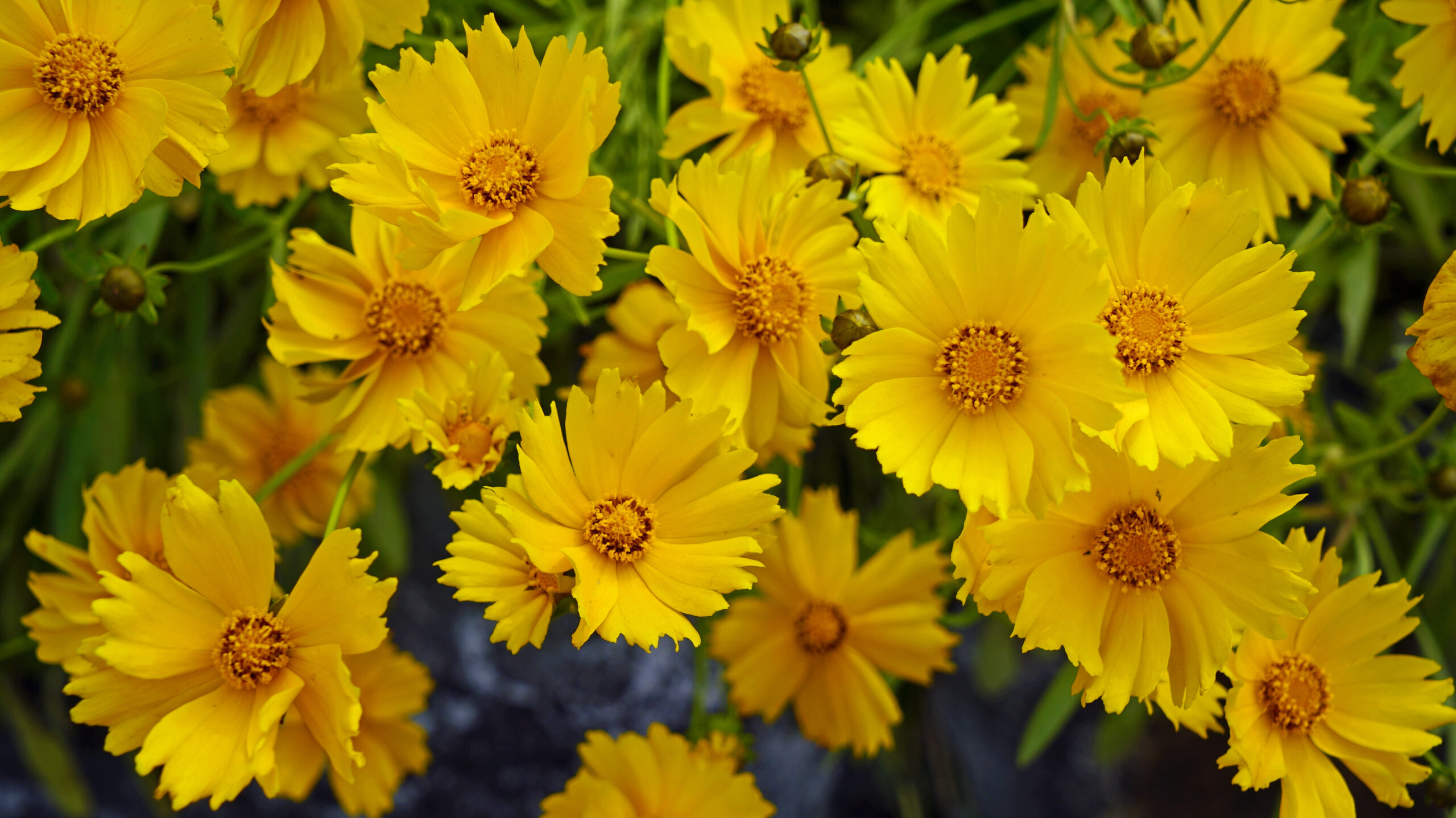We know it’s coming… that first frost that leaves our heat-loving vegetables, including tomatoes, going down for the count. But there are ways to push back and outsmart Mother Nature before she brings the harvest to a screeching halt.
The problem is that we’re greedy. I certainly am. I want every last tomato and cucumber and pepper my hardworking plants have produced. But wise gardeners know when it’s time to be strategic: focus on the maturing fruits and veggies that have time to ripen and eliminate the rest.
Let’s focus on tomatoes
Because of our cool wet spring, most of my tomatoes took forever to start flowering and producing fruit, and then came the constant heat that ruined the blossoms. But my plants are going gangbusters now! They’re continuing to produce flowers and small fruit, but look at the calendar! Fall is officially just days away. Wouldn’t our plant’s energy be better spent on the more mature tomatoes already on the plants?
It’s time to cull! We need to remove the flowers, the newest foliage, and the tomatoes that are so small they’ll never ripen in time, and we need to do it so the tomatoes that are at or near full size can continue to mature in the warm weather we have left.
Tomato experts use the term “breaker stage.”
Most of us think that “vine-ripened” means tomatoes should never be picked before they’re completely red (or yellow, in some cases) while they’re still on the plant. But scientists and the folks who grow tomatoes for a living say there are lots of reasons to harvest at the “breaker stage.”
The tomato on the left is the one we dream about… a consistent and beautiful rich red. But look at the tomato third from the left, the yellow one, and maybe even the one next to it that’s just begun to shift color. Those tomatoes are at or very near the breaker stage. They’ve reached the point where they will ripen naturally. Tomatoes at the breaker stage are already on autopilot and no longer take in nutrients from their mother plant.
As cold, damaging temperatures get closer, tomatoes at the breaker stage and riper should be picked now. That will increase the odds that the mid-sized fruit, shown one or two tomatoes to the right of the breaker, might make it to the finish line, too. Any smallest fruit should be removed.
So the “breakers” have been picked. Now what?
Let’s start with what you shouldn’t do. No matter what your sweet grandmother told you (and mine may have told me, too…), do not put your breaker tomatoes on a sunny windowsill to ripen. In fact, don’t put them in direct sun at all!
Research shows that exposing ripening tomatoes to direct sun can actually make their skin tougher and damage both the texture and the flavor of the fruit. The tomatoes picked at the breaker stage will ripen just fine away from bright light. They’ll even color up in a dark room with no light at all.
Give ’em a little space, please
Tomatoes picked as breakers should always be stored flat… never touching each other, and not stored stacked in layers. If one tomato begins to spoil from a bruise or small wound, it can transfer that infection to any other tomato it’s touching.
And one more tip: avoid putting your culled tomatoes (or ideally any tomatoes) in your refrigerator whenever possible. Temperatures below 55 degrees can affect a tomato’s flavor, whether they’re still ripening or fully ripe.
You can apply these same tricks to many other veggies!
We’ve been focusing on enhancing our tomato harvest because tomatoes are routinely listed as the favorite home-grown crop. But the culling practices I’ve outlined here apply to a lot of the heat-loving crops we like to grow.
The leafy growth on cucumbers, squash, beans, and eggplant, to name just a few, will crash at the first frost. If it’s a light frost, the remaining fruit may or may not be damaged, but the plants’ growing season is done.
“Baby” fruits and veggies are the rage these days. Some varieties are quite tasty when picked young. Eggplant, for example, is often more flavorful as small fruit, picked just when the skin becomes glossy, so picking it while it’s small can be a benefit. Perhaps what you’re culling might work as a “baby,” something you’d pay extra for in a restaurant. One bite will tell.
Crops like melons generally aren’t very tasty when picked too young, so culling the unripe melons in anticipation of frost might not be worth the effort. Root crops like beets and carrots still in the ground can stay put, protected by the soil until the ground itself begins to freeze.
There are still other crops like spinach, kale, broccoli, and Brussel sprouts, the “cool weather crops,” that actually taste better after a frost, though they should be harvested before a hard freeze. A quick internet search should tell you whether your particular crop will do well picked a bit early.
The choice is yours
Looking at my veggie patch after the first hard frost is depressing enough without seeing lots of ruined tomatoes or cucumbers or peppers that I could have tried to save. But there comes a point when it’s time to let go of our summer growing season. I get it!
If your veggie garden is still calling you on the warm days ahead, culling the most likely survivors now could give you a larger harvest overall. Just remember it’s not the upcoming daytime high temperatures that decide your garden’s fate. It’s the nighttime lows that count. And I’m seeing a long string of low- to mid-40s in the very near future. Our first frost isn’t all that far away.
Best of luck with whichever approach you choose!








